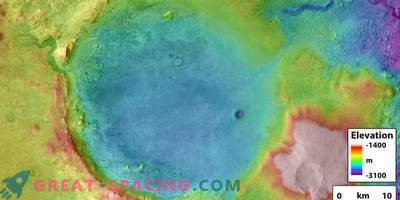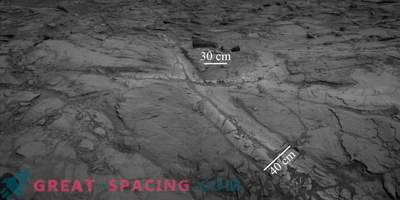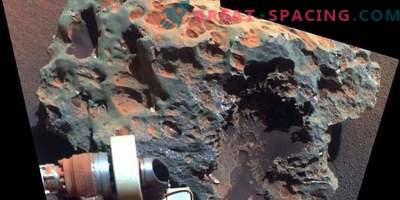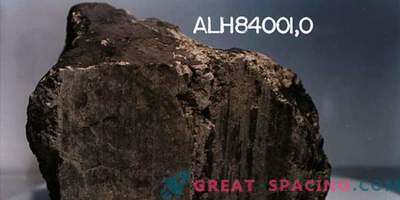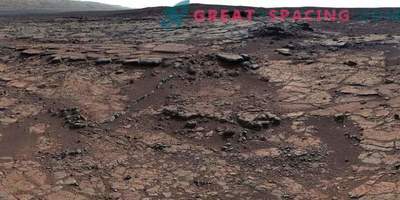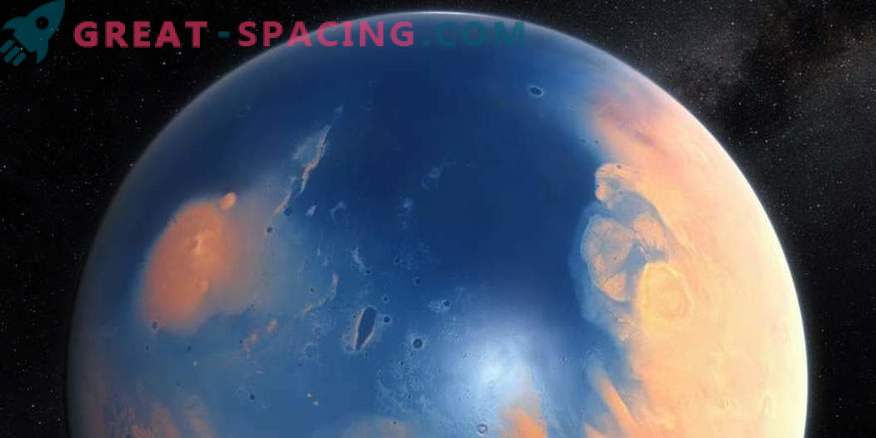
Researchers have long known that there was water on the Red Planet. However, a long time arguing about when she disappeared. The latest data show that moisture on Mars lasted longer than we thought.
It turns out that some liquid water lakes originated on Mars billions of years later than scientists thought. That is, the Red Planet had chances for habitability and the presence of primitive life forms.
Using data from the NASA MRO orbiter, researchers from the Smithsonian Institution studied images of ancient valleys created by lakes and rivers. NASA was able to collect a lot of evidence in favor of the fact that warmer Mars had liquid lakes and oceans billions of years ago.
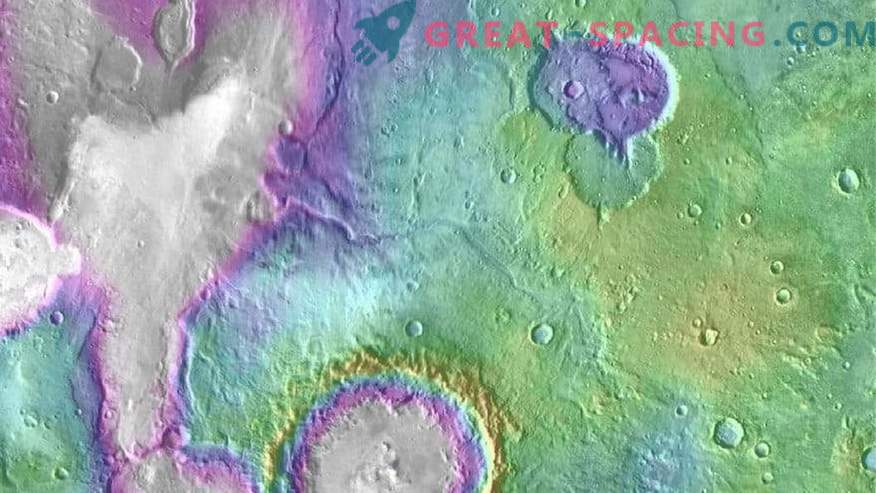
The valleys are much younger than the famous ancient networks of the Martian valleys seen near the “Lake of the Heart”
However, the analysis showed that the valleys and drained basins located in the northern part of Mars (in the Arabia Terra region) were filled with water much later. And this is surprising, because it was believed that during this period the Red Planet was a cold and dry desert. One of the lakes in this area is comparable in size to Lake Tahoe (in California and Nevada), which holds about 45 cubic miles of water. The concrete Martian lake was fed from the valley on the southern edge and flowed along the northern margin, transporting fluid downstream to a huge pool, which was called the “Lake of the Heart”. This is a valley system that holds more water than Lake Ontario.
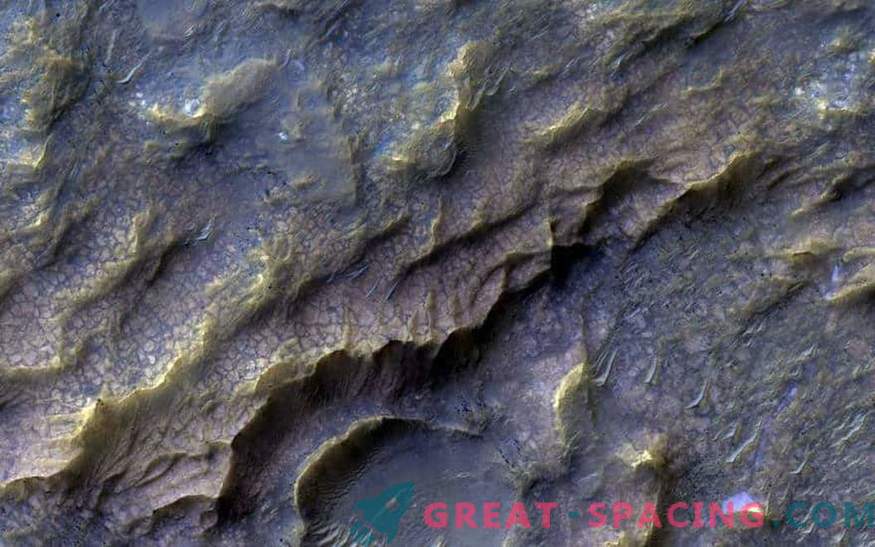
This interesting surface texture is created due to the contact of the rock with water. Reviewed by MRO. Then the stone collapsed and came into contact with the surface again. Martian rock, which has become clayey, is marked in pink. There is still little information about the water itself and its interaction with the stone. And this is not surprising, because scientists have not yet been obsessed with solving such issues. But understanding this will help to understand the past climate situation. The latest analysis showed that the early setting may not have been as warm and humid as we would have liked. But this is not a problem for the development of Martian life. Therefore, researchers focus on terrestrial life forms that originate in dry and frosty territories. Map scale - 25 cm per pixel. For astrobiologists and alien hunters, water is considered the most important factor in understanding whether life could evolve in another world. New data suggests that old lakes appeared on the Red Planet 2-3 billion years ago. This is 1 billion years after it was assumed that Mars had lost too much of the atmosphere to maintain large volumes of liquid water.
This is important news! It turns out that the Red Planet was able to maintain microbial life for a longer period of time. Less ancient lakes show water flow rates that correspond to the flow of melting snow. These rivers show simple drainage patterns and do not form deep or complex systems, like ancient networks of Martian valleys.
If Mars was more suitable for life later than originally thought, then you should shift your attention to the study of these valleys and study the fossils, where traces of ancient Martians could be preserved. But for the paleontological excavation will have to send a robot or human. Perhaps this will be implemented in the coming decades.


